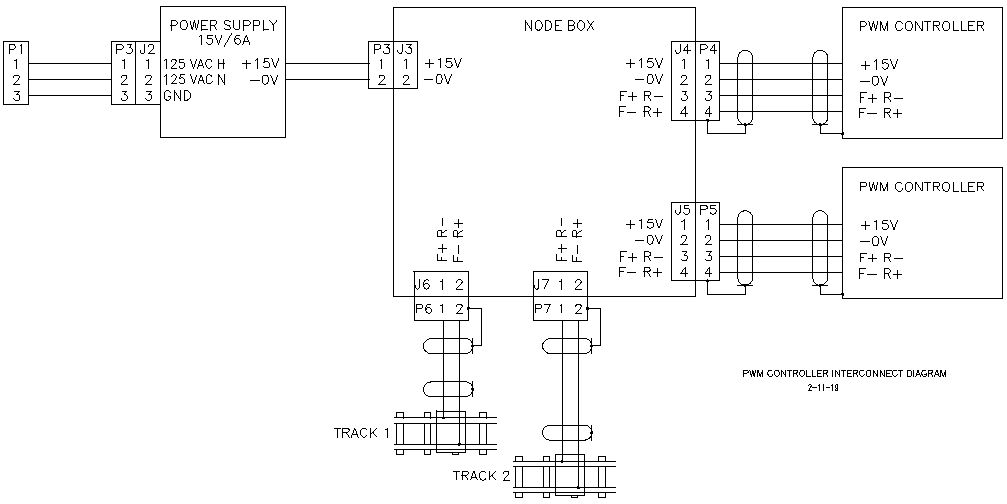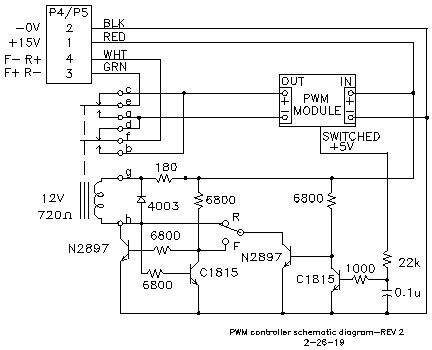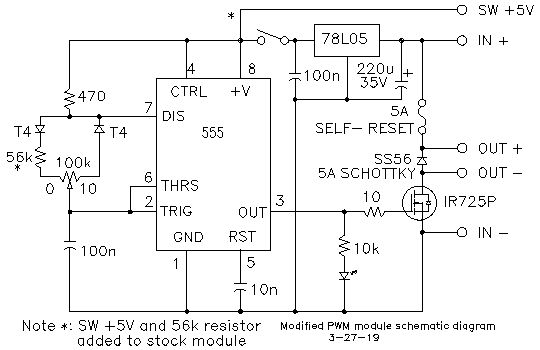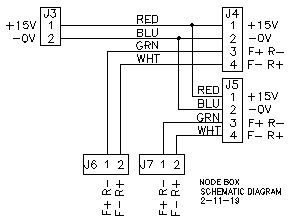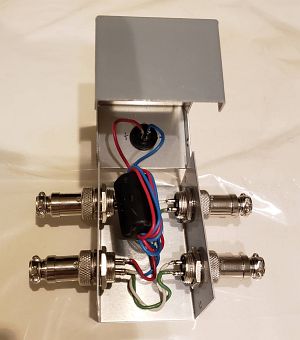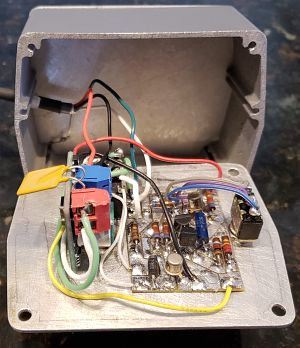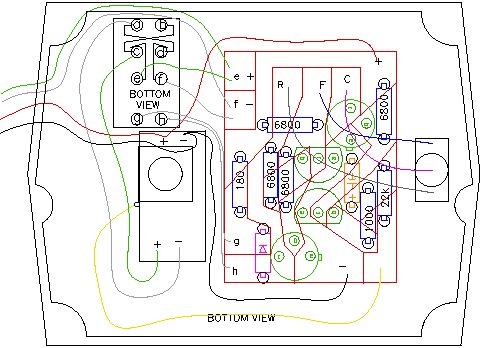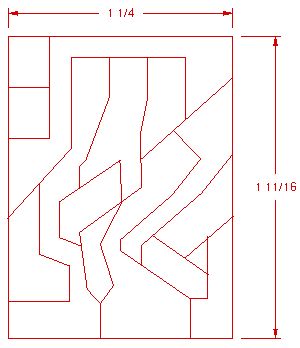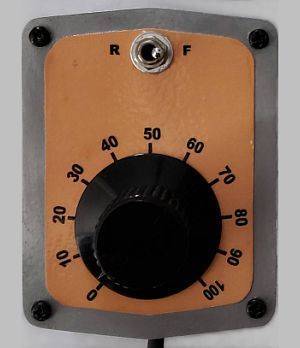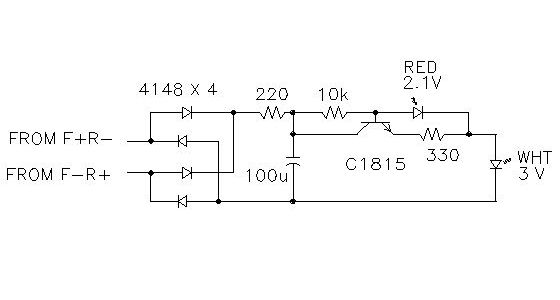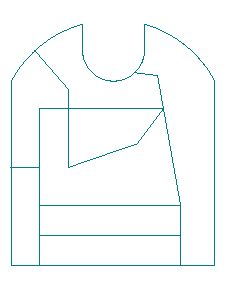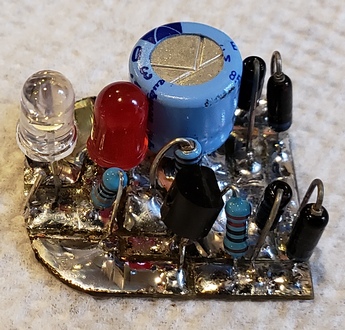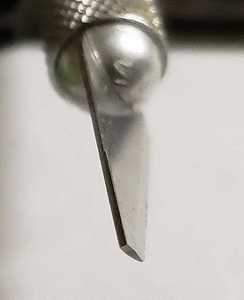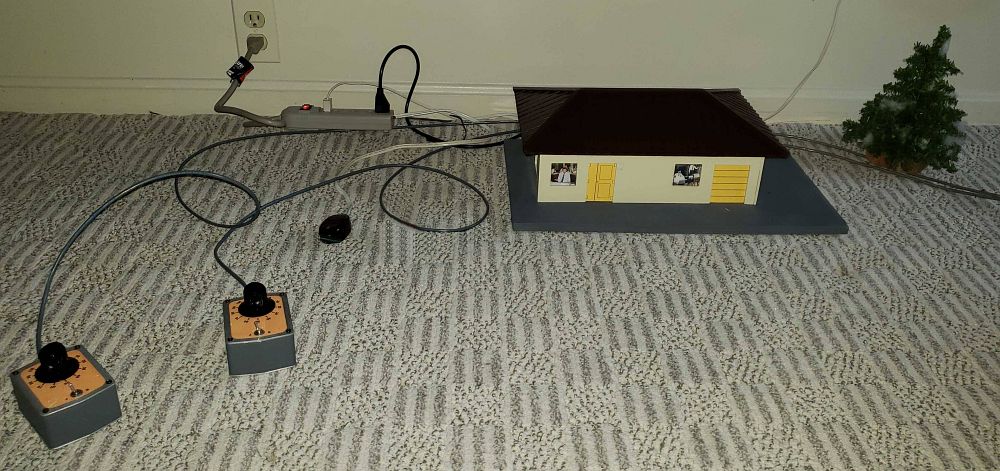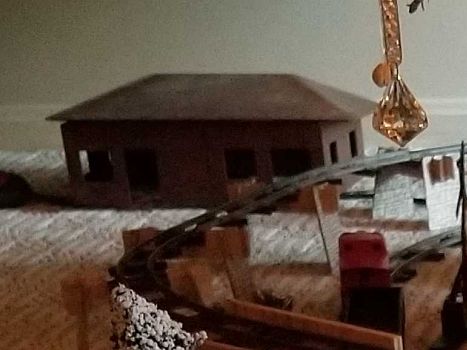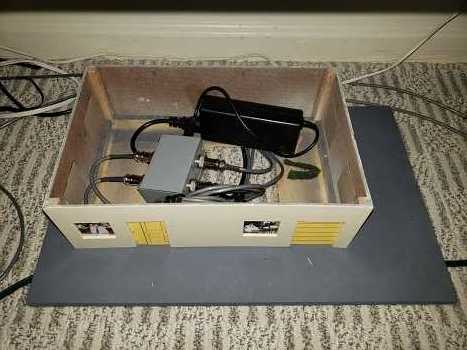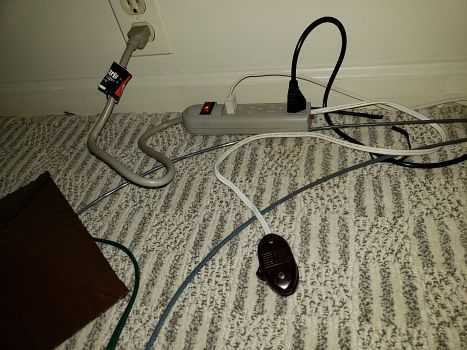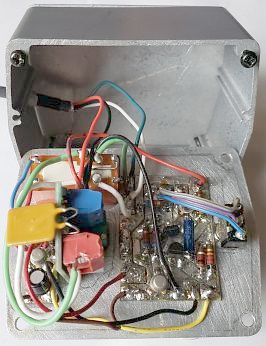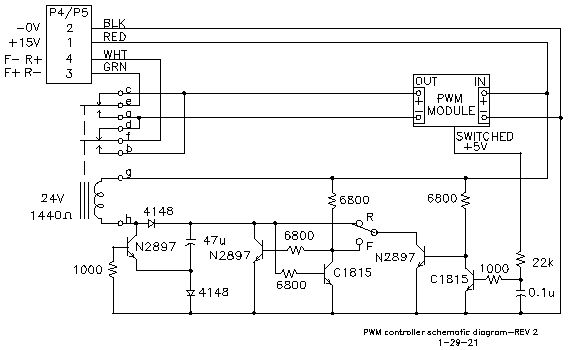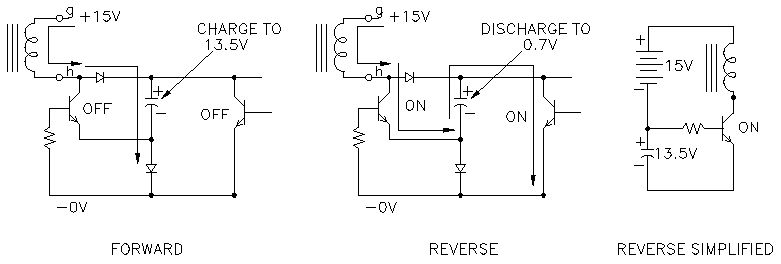Recently I had a transformer for my American Flyer train burn out due to a short circuit on the track. It really fried the transformer. It smoked and tar from the transformer made a mess on the carpet. So it's not a repairable transformer. I wanted to make a replacement controller for two trains that I have so that their controls would be identical and my grandkids could operate them without having to relearn one versus the other.
American Flyer trains require a controller that supplies 16 Volts AC at 40 Watts or about 2.5 Amperes. I wanted the controller to be able to reverse the direction of the train and to do this I would need to have it run on DC.
The original controller was an AC controller with a universal motor. The engines require a modification to run on DC. This mod is simply the addition of a full wave rectifier to keep the field polarity constant while armature polarity is reversing to go forward or backwards.
I used a 25-A high-current full wave bridge rectifier with a metal shell because I didn't want to have a big heatsink. The metal shell allowed it to safely dissipate a lot of heat. After a lot of thought I settled on putting the rectifier in the tender. One of my trains has the reversing relay in the tender, So disconnecting the relay and adding the rectifier was easy. My older unit has the reversing relay in the engine. I could have mounted the rectifier in the engine, but I chose to leave the old relay undisturbed and make both units the same by putting the rectifier in the tender.
I bought a power supply rather than make one myself because it was only $9, which was almost my cost of the parts to build one, and, because my existing transformers were either too high or too low voltage, or the current rating was too low. The power supply I bought can handle 6-amps, enough for two trains, and was 15 volts.
So then I needed a controller. I decided to use pulse-width-modulated controllers to get by without large heatsinks. They were also very cheap on eBay, $1.50 a piece.
As I previously discussed, I also needed a way to reverse the trains. I did this by putting a full wave bridge rectifier on the field winding of each engine so that could be reversed by using a DC Supply and reversing the polarity on the tracks. The controller reverses the track voltage using a single pole switch that activates a DPDT relay. To go forward or reverse without damaging the engine this relay must only do its switching with no voltage on the track. I have used a relay and a few transistors to switch only when there's no voltage on either rail. The requirement for switching with no voltage on the rail is that if the trains are going fairly fast, and then, the controller is switched from say forward to reverse, the voltage across the motor and the current throught the motor is doubled because the motor is rotating at speed and the generated back-EMF added to the controller voltage exceeds the motor maximum voltage.
The real reason for the relay is to prevent a button pushing 2-year-old boy from flipping the forward-reverse toggle switch repeatedly because it is there.
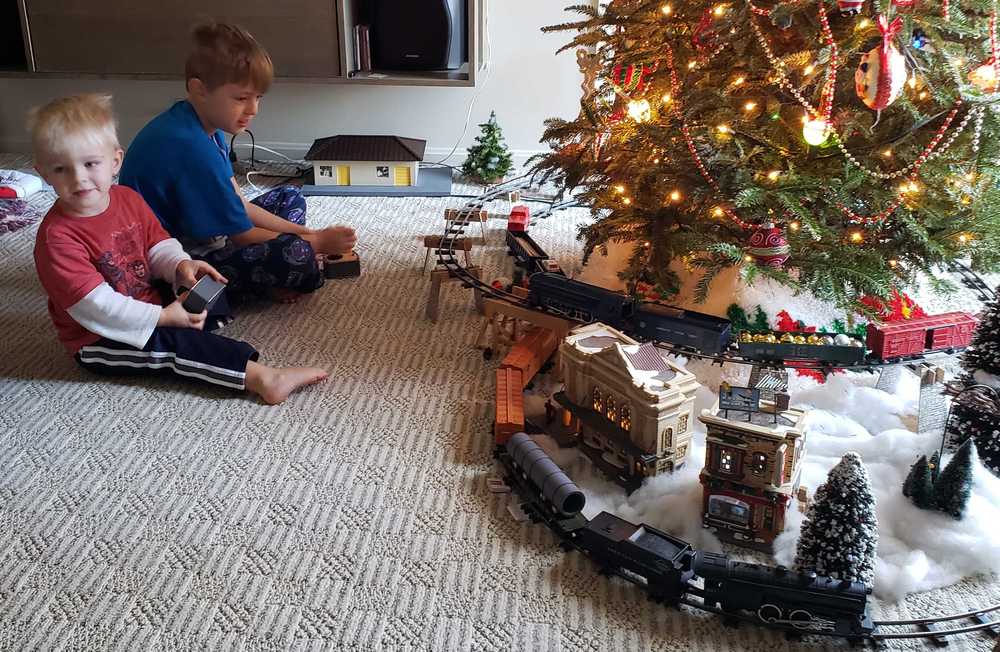 PWM Controllers in Action Christmas 2019 |
